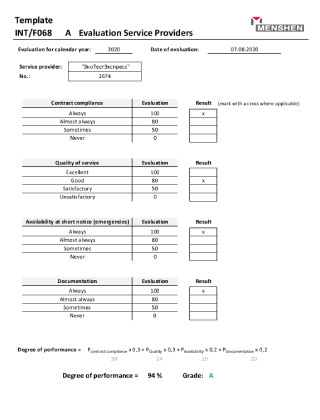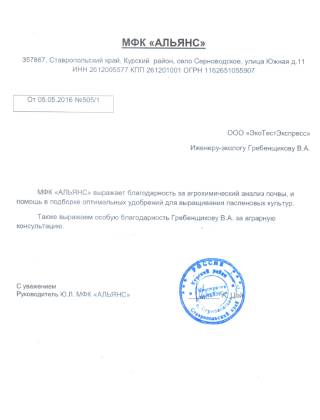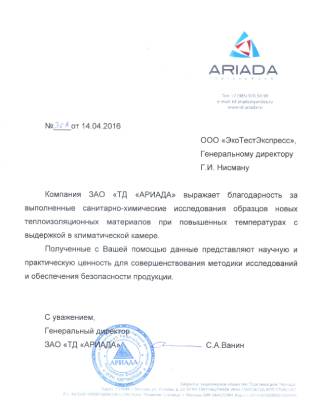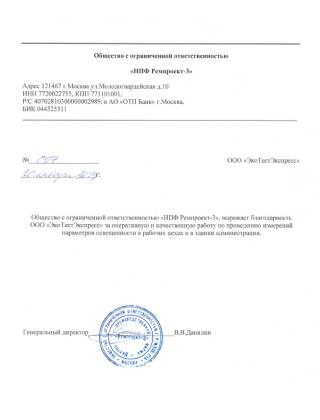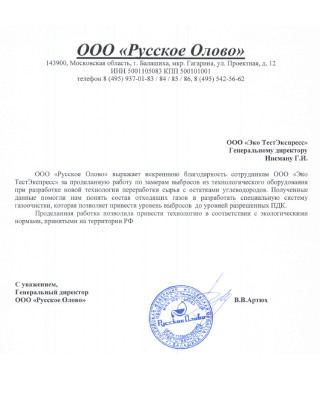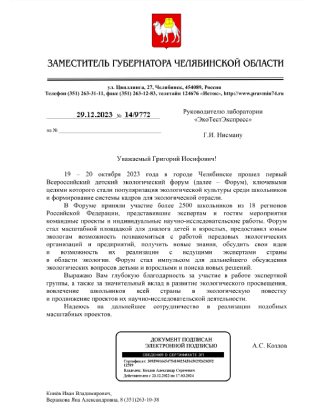- Beyond Classrooms: 92% of Ghanaian Students Now Access Digital Learning Resources as ghana education news Evolves and Reforms Accelerate.
- Expanding Digital Infrastructure in Ghanaian Schools
- Teacher Training and Professional Development
- Developing Digital Literacy Skills Among Teachers
- The Role of Innovative Pedagogies
- Content Development and Localization
- Addressing the Digital Divide
- Community Engagement and Support
- Sustainable Funding Models
- The Future of Education in Ghana
Beyond Classrooms: 92% of Ghanaian Students Now Access Digital Learning Resources as ghana education news Evolves and Reforms Accelerate.
The landscape of education in Ghana is undergoing a significant transformation, propelled by increased access to digital learning resources. Recent data indicates that approximately 92% of students now have access to these resources, a pivotal shift documented in recent ghana education news reports. This surge in digital accessibility is reshaping the learning experience and opening doors to opportunities previously unavailable to many Ghanaian students. This article delves into the factors driving this change, the challenges that remain, and the potential impact on the future of education in the nation.
The integration of technology in education is not merely about providing devices; it’s about creating a dynamic and engaging learning environment. It involves teacher training, the development of relevant digital content, and ensuring equitable access for all students, regardless of their socioeconomic background or geographical location. This is a complex undertaking, but the benefits – increased enrollment, improved learning outcomes, and a better prepared workforce – are substantial.
Expanding Digital Infrastructure in Ghanaian Schools
One of the primary drivers of this change is the ongoing investment in digital infrastructure across Ghanaian schools. The government, along with non-governmental organizations and private sector partners, has been actively working to provide schools with computers, internet connectivity, and educational software. These efforts are particularly crucial in rural areas where access to traditional learning resources may be limited. The expansion isn’t just about hardware; it’s also about establishing sustainable maintenance and support systems to ensure long-term functionality.
However, availability of infrastructure in some areas of Ghana remains a significant obstacle. Connectivity can be unreliable, and there’s a shortage of qualified personnel to maintain equipment. Addressing these challenges requires continued investment and a strategic approach to resource allocation, prioritizing areas with the most pressing needs.
| Greater Accra | 85% | 8 |
| Ashanti | 72% | 6 |
| Eastern | 65% | 5 |
| Northern | 48% | 3 |
| Upper West | 35% | 2 |
Teacher Training and Professional Development
The successful integration of technology into education hinges on the ability of teachers to effectively utilize these tools. Comprehensive teacher training programs are essential to equip educators with the skills and knowledge necessary to deliver engaging and effective digital lessons. This includes training on how to use educational software, create interactive learning materials, and integrate technology into their existing curriculum. It is imperative that such training programs take into account the specific needs of diverse learner populations.
The training shouldn’t be a one-time event but rather an ongoing process. Teachers require continued professional development to stay abreast of the latest technological advancements and pedagogical best practices. This could involve workshops, online courses, and mentorship programs. Furthermore, programs that emphasize the development of digital literacy skills are vital to empower teachers to become facilitators of learning in the digital age.
Developing Digital Literacy Skills Among Teachers
Beyond the technical aspects of using educational software, teachers need to develop strong digital literacy skills. This includes the ability to critically evaluate online resources, identify misinformation, and promote responsible digital citizenship among students. It’s about using technology not just as a tool for delivering content, but as a means of fostering critical thinking, problem-solving, and creativity. Teachers must, therefore, be equipped with skills to guide students in navigating a complex digital world.
A critical component of developing digital literacy is understanding the ethical implications of technology use. Teachers need to be aware of issues such as online privacy, data security, and responsible social media usage. This requires training on best practices for protecting students’ online safety and promoting a positive digital culture within the classroom. The ability to model responsible digital behavior is also paramount.
The Role of Innovative Pedagogies
Simply introducing technology into the classroom is not enough to improve learning outcomes. The real potential of digital learning is unlocked when combined with innovative pedagogical approaches. This includes strategies such as blended learning, flipped classrooms, and personalized learning. These approaches leverage technology to create more engaging, interactive, and student-centered learning experiences. The focus shifts from passive reception of information to active participation in the learning process.
These strategies require a shift in the role of the teacher from a traditional lecturer to a facilitator of learning. Teachers need to be able to design lessons that encourage collaboration, critical thinking, and problem-solving. This also demands a flexible curriculum that is adaptable to the needs of individual learners. It’s about utilizing technology as a catalyst for pedagogical innovation.
Content Development and Localization
While access to digital learning resources is increasing, the availability of localized content remains a challenge. Much of the existing online educational material is not tailored to the specific needs and cultural context of Ghanaian students. Developing relevant, high-quality digital content in local languages is crucial for ensuring that all students can benefit from these resources. This requires investment in content creation, translation, and adaptation.
Creating culturally relevant content requires collaboration between educators, curriculum developers, and local language experts. The content should reflect the history, culture, and values of Ghana, making learning more meaningful and engaging for students. Furthermore, ensuring accessibility for students with disabilities is essential. This means adhering to accessibility standards when developing digital learning materials, supporting various assistive technologies, and promoting inclusive design principles.
- Developing content that reflects Ghanaian history and culture.
- Translating existing resources into local languages.
- Ensuring accessibility for students with disabilities.
- Creating materials aligned with the national curriculum.
- Establishing quality control measures for digital content.
Addressing the Digital Divide
Despite the progress made, a significant digital divide persists in Ghana, particularly between rural and urban areas, and among different socioeconomic groups. This divide limits access to digital learning opportunities for many students, exacerbating existing inequalities. Bridging this gap requires targeted interventions to ensure equitable access for all. Financial assistance for families, providing access to computers and internet connectivity in community centers, and developing off-line resources are all potential solutions.
The issue is also linked to affordability. The cost of internet access and devices can be prohibitive for low-income families. Therefore, programs that subsidize these costs are essential. Furthermore, it’s important to promote the use of open educational resources (OERs). These freely available resources can significantly reduce the financial burden on students and schools. Addressing the digital divide isn’t just a matter of providing access; it’s about creating a level playing field for all students.
Community Engagement and Support
Successfully bridging the digital divide requires a collaborative effort involving communities, schools, and government agencies. Engaging parents and community members in the process is key to ensuring the sustainability of digital learning initiatives. Parents can provide support for their children at home, recognize the importance of digital literacy, and advocate for equitable access. Community centers can serve as hubs for digital learning, providing access to computers, internet connectivity, and training opportunities.
Building local capacity is also critical. This includes training community members to maintain and support technology infrastructure, and empowering them to become advocates for digital inclusion. Creating partnerships with local businesses and organizations can provide additional resources and expertise. By fostering a sense of ownership and collaboration, communities can play a vital role in expanding access to digital learning opportunities.
Sustainable Funding Models
Maintaining and expanding digital learning initiatives requires a sustainable funding model. Relying solely on government funding can be insufficient. Therefore, exploring alternative funding sources is crucial. This includes attracting private sector investment, securing grants from international organizations, and fostering public-private partnerships. Funding initiatives that focus on both short-term needs and long-term sustainability are more likely to be successful.
Furthermore, exploring innovative financing mechanisms such as impact investing and social bonds can help mobilize capital for digital learning programs. The key is to develop a diversified funding portfolio that ensures a steady stream of resources to support these initiatives over time. Transparency and accountability in the use of funds are also essential for building trust with stakeholders.
The Future of Education in Ghana
As reported in recent ghana education news, the integration of technology into education is poised to continue accelerating in Ghana. This will lead to more personalized, engaging, and effective learning experiences for students. The emphasis will likely shift towards competency-based education, where students demonstrate mastery of skills and knowledge rather than simply memorizing facts. This will require a re-evaluation of assessment methods and curricula.
Looking ahead, the use of artificial intelligence (AI) in education is likely to become more prevalent. AI-powered tools can personalize learning pathways, provide individualized feedback, and automate administrative tasks, freeing up teachers to focus on more meaningful interactions with students. However, it’s important to address the ethical considerations associated with AI, such as data privacy and bias. The future of education in Ghana is bright but requires careful planning.
- Increased access to digital learning resources.
- Enhanced teacher training and professional development.
- Development of localized and culturally relevant content.
- Bridging the digital divide and promoting equitable access.
- Integration of innovative pedagogical approaches.
- Evolving assessment methods.
- Embracing the potential of artificial intelligence.
- Strengthening community engagement and support.
- Developing sustainable funding models.
- Promoting lifelong learning opportunities.
The ongoing developments in the Ghanaian educational system, continuously documented in emerging reports, showcase a commitment to progress and modernization. Successfully navigating this transformation will require a collaborative approach, sustained investment, and a dedication to ensuring that all students have the opportunity to reach their full potential. By embracing the power of technology and fostering a culture of innovation, Ghana can create a world-class education system that prepares its citizens for the challenges and opportunities of the 21st century.











